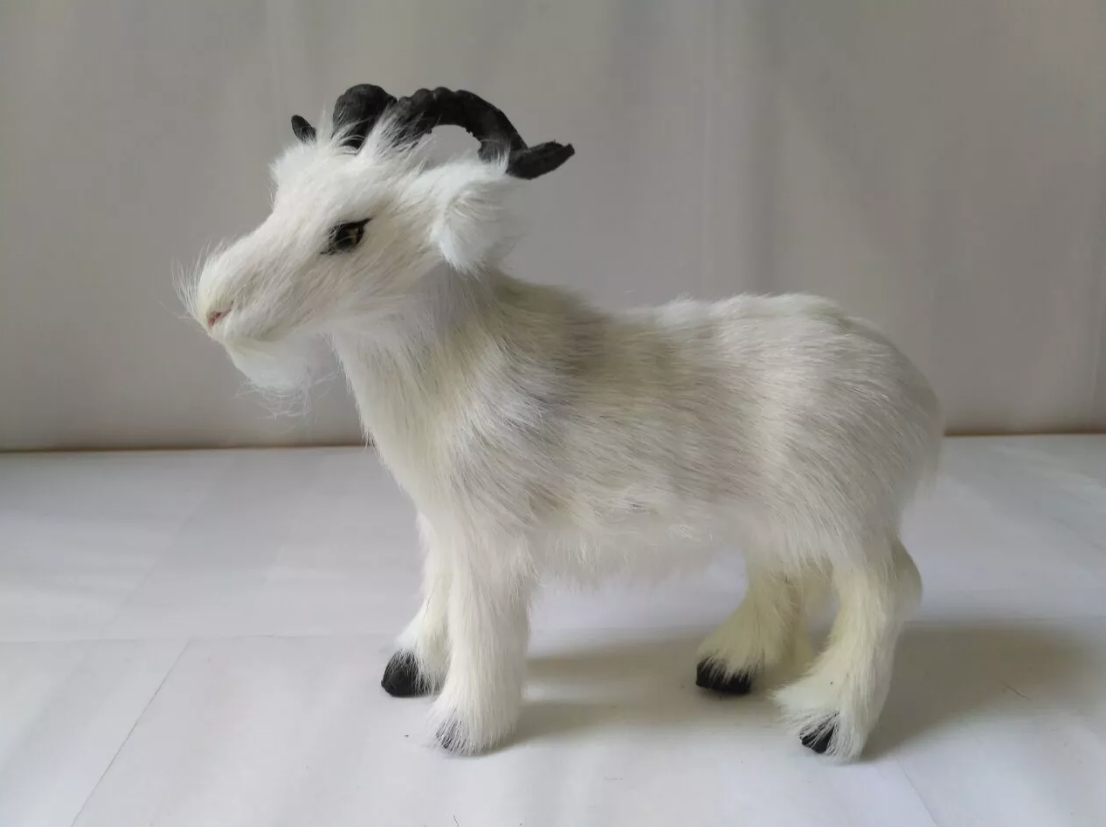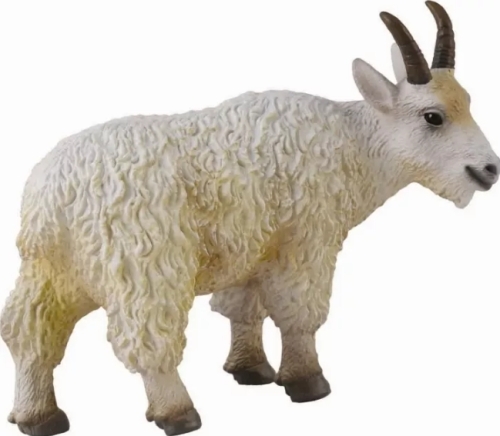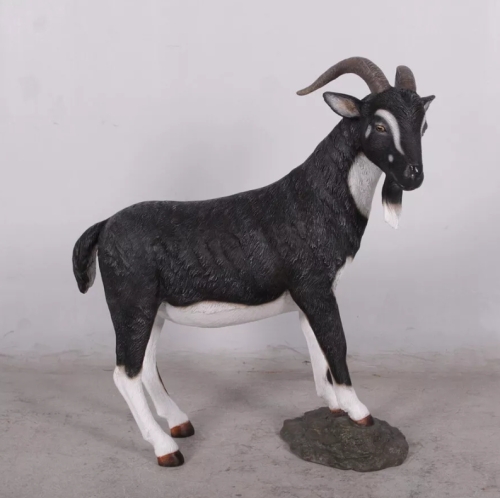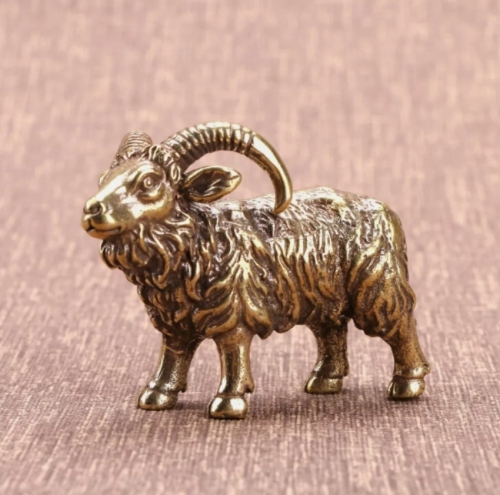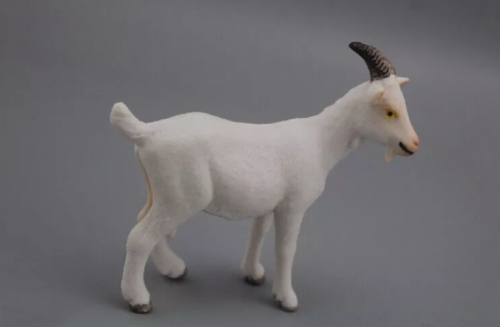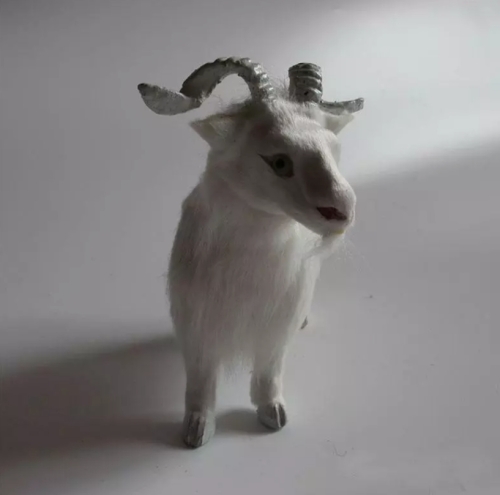The goat model is a theoretical model widely used in ecological and agricultural research, which reveals the ecological balance and resource utilization under different environmental conditions by simulating the interaction between goats and plants. This model not only provides important theoretical support for ecological research, but also provides valuable insights into sustainable agricultural practices.
In the goat model, as a herbivore, goat's feeding and foraging behavior directly affect the structure and growth of vegetation. The model considered the physiological characteristics, behavior habits and adaptability of goats to their growing environment. This allowed the researchers to analyze the effects of different grazing intensities and grazing patterns on vegetation and possible ecological degradation.
A core concept of the model is the "ecological load", which is the number of animals that can be carried per unit area of land under certain environmental conditions. If sheep numbers exceed this limit, vegetation is threatened by overgrazing, resulting in soil erosion and reduced biodiversity. Therefore, the sustainable management of grassland can be effectively achieved and ecological restoration can be promoted by adjusting the grazing density and mode of goats reasonably.
In addition, goat models can be used to study the effects of climate change on ecosystems. In the context of increasing temperature and changing precipitation patterns, the foraging behavior and survival and reproduction patterns of goats may change. The model can help researchers predict the long-term effects of these changes on vegetation and provide a scientific basis for addressing climate change.

